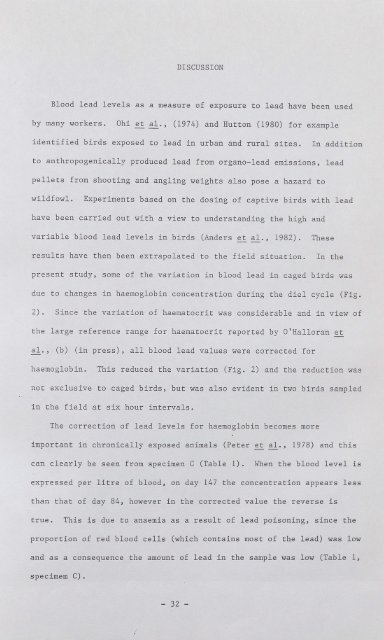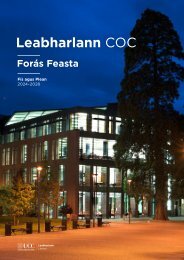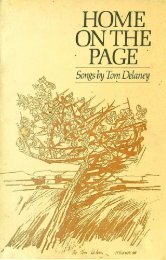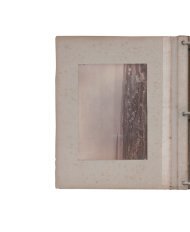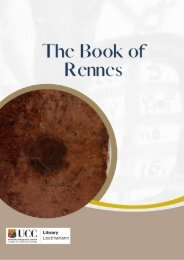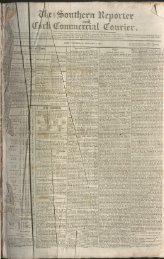Lead Toxicity in Mute Swans
LEAD TOXICITY IN MUTE SWANS Cygnus olor (Gmelin). By JOHN O'HALLORAN A thesis submitted to the National University of Ireland in candidature for the degree of Doctor of Philosophy September 1987
LEAD TOXICITY IN MUTE SWANS
Cygnus olor (Gmelin).
By
JOHN O'HALLORAN
A thesis submitted to the National University of Ireland
in candidature for the degree of Doctor of Philosophy
September 1987
Create successful ePaper yourself
Turn your PDF publications into a flip-book with our unique Google optimized e-Paper software.
DISCUSSION<br />
Blood lead levels as a measure of exposure to lead have been used<br />
by many workers.<br />
Ohi et al., (1974) and Hutton (1980) for example<br />
identified birds exposed to lead <strong>in</strong> urban and rural sites. In addition<br />
to anthropogenically produced lead from organo-lead emissions, lead<br />
pellets from shoot<strong>in</strong>g and angl<strong>in</strong>g weights also pose a hazard to<br />
wildfowl.<br />
Experiments based on the dos<strong>in</strong>g of captive birds with lead<br />
have been carried out with a view to understand<strong>in</strong>g the high and<br />
variable blood lead levels <strong>in</strong> birds (Anders et al., 1982).<br />
results have then been extrapolated to the field situation.<br />
These<br />
In the<br />
present study, some of the variation <strong>in</strong> blood lead <strong>in</strong> caged birds was<br />
due to changes <strong>in</strong> haemoglob<strong>in</strong> concentration dur<strong>in</strong>g the diel cycle (Fig.<br />
2). S<strong>in</strong>ce the variation of haematocrit was considerable and <strong>in</strong> view of<br />
the large reference range for haematocrit reported by O'Halloran et<br />
al., (b) (<strong>in</strong> press), all blood lead values were corrected for<br />
haemoglob<strong>in</strong>.<br />
This reduced the variation (Fig. 2) and the reduction was<br />
not exclusive to caged birds, but was also evident <strong>in</strong> two birds sampled<br />
<strong>in</strong> the field at six hour <strong>in</strong>tervals.<br />
The correction of lead levels for haemoglob<strong>in</strong> becomes more<br />
important <strong>in</strong> chronically exposed animals (Peter et al., 1978) and this<br />
~ ~<br />
can clearly be seen from specimen C (Table 1). When the blood level is<br />
expressed per litre of blood, on day 147 the concentration appears less<br />
than that of day 84, however <strong>in</strong> the corrected value the reverse is<br />
true.<br />
This is due to anaemia as a result of lead poison<strong>in</strong>g, s<strong>in</strong>ce the<br />
proportion of red blood cells (which conta<strong>in</strong>s most of the lead) was low<br />
and as a consequence the amount of lead <strong>in</strong> the sample was low (Table 1,<br />
specimem C).<br />
- 32 -


